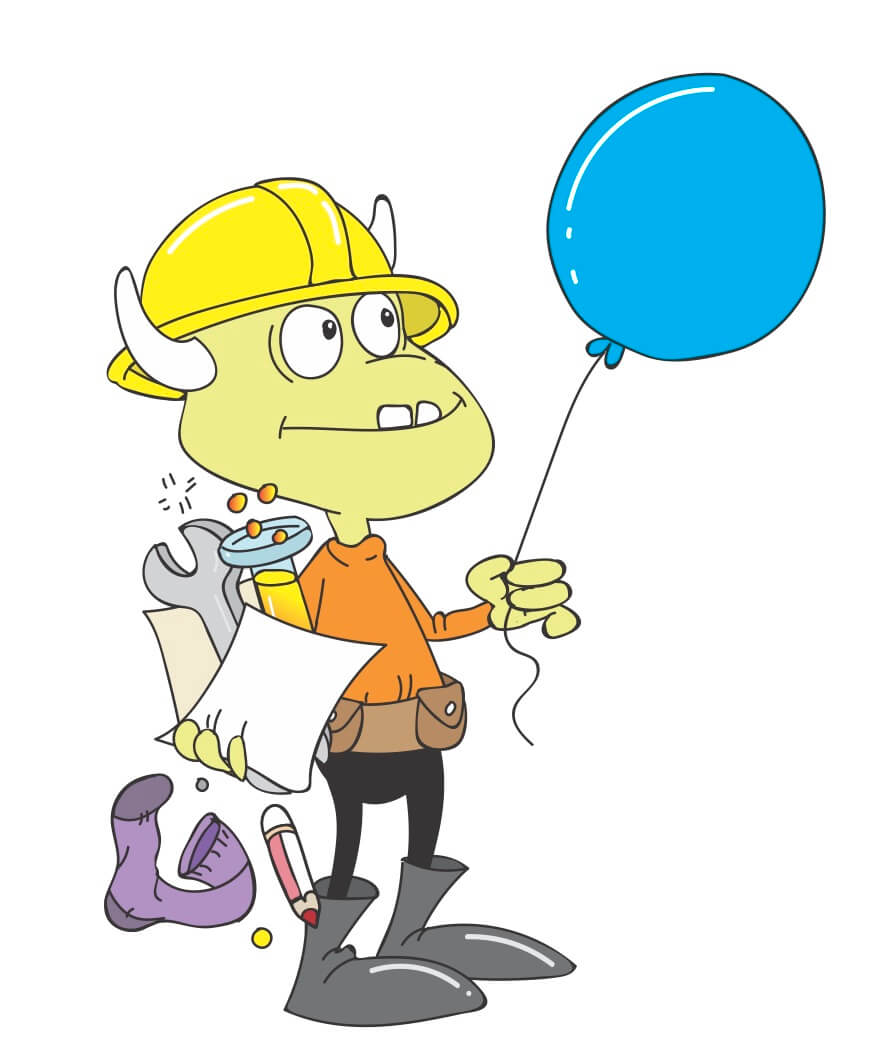Illustrations and Ideas © 2016 BeConWiz.com Connected to the card set “What can inquiry look like?”
Co-constructing Learning Spaces
This blog post is dedicated to Alison Francis and Todd Richer, who invited me to consider new possibilities as a teacher while teaching their son in Prep. It was a steep learning curve, but I am grateful for the opportunity and the possibilities it offered me as a teacher.This post is also dedicated to Elaine Reinmann whose enthusiasm for being open to possibility has always energised me. The deeper thinking in this post is possible because to the opportunities Mary-Denese and Pearl Holmes provide to always consider the political implications of any action.
Pearl, Mary-Denese, Alison, Elaine, Todd and others have and continue to be the important members of my learning community despite time and distance.
Following on from the last blog ,this post also aims to support teachers use constructivist teaching approaches to set up learning environments.
In this post we are conscious of the fact that it can be easy to lose sight of the reality that teaching is
- Embedded in a complex political space that affects the choices teachers make
- Involves key stakeholders who are both present in the classroom and outside the classroom
- Influenced by policy, admin, and cultural and political trends.
All of these factors play out in both teachers’ and students’ lives and can sometimes feel limiting of the creativity that students and teachers bring to learning opportunities.
Classroom organisation – Tempting as it is to put out all the supplies and place the desks and shelves where you want them and create all the displays before the students arrive, teachers are invited to find a way to step back and reflect on why they would make these choices and become alert to these reasons and the possible agendas they hold. In this post we will use the DIG model to explore a way of using constructivist approaches to see the HOW, WHAT and WHY of co-construcitng a learning environment.
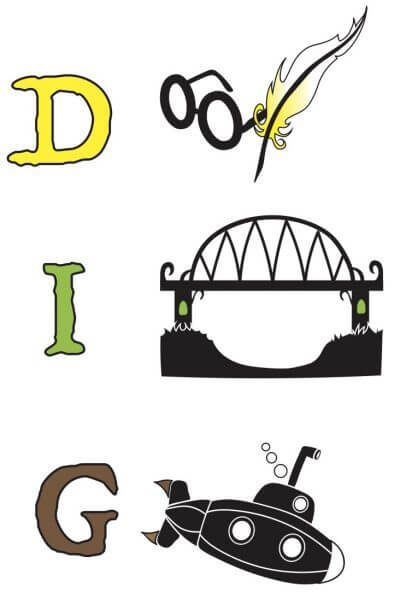
DIG Thinking Routines
A thinking routines help teachers and students explore ideas together, unpacking, deconstructing and rebuilding ideas to develop new knowledge. The aim of the visible thinking routine DIG is to support students in exploring complex and implied ideas in texts, when viewing actions, texts, artifacts or reviewing an event.
Ideas and Illustrations © 2017 beconwiz.com
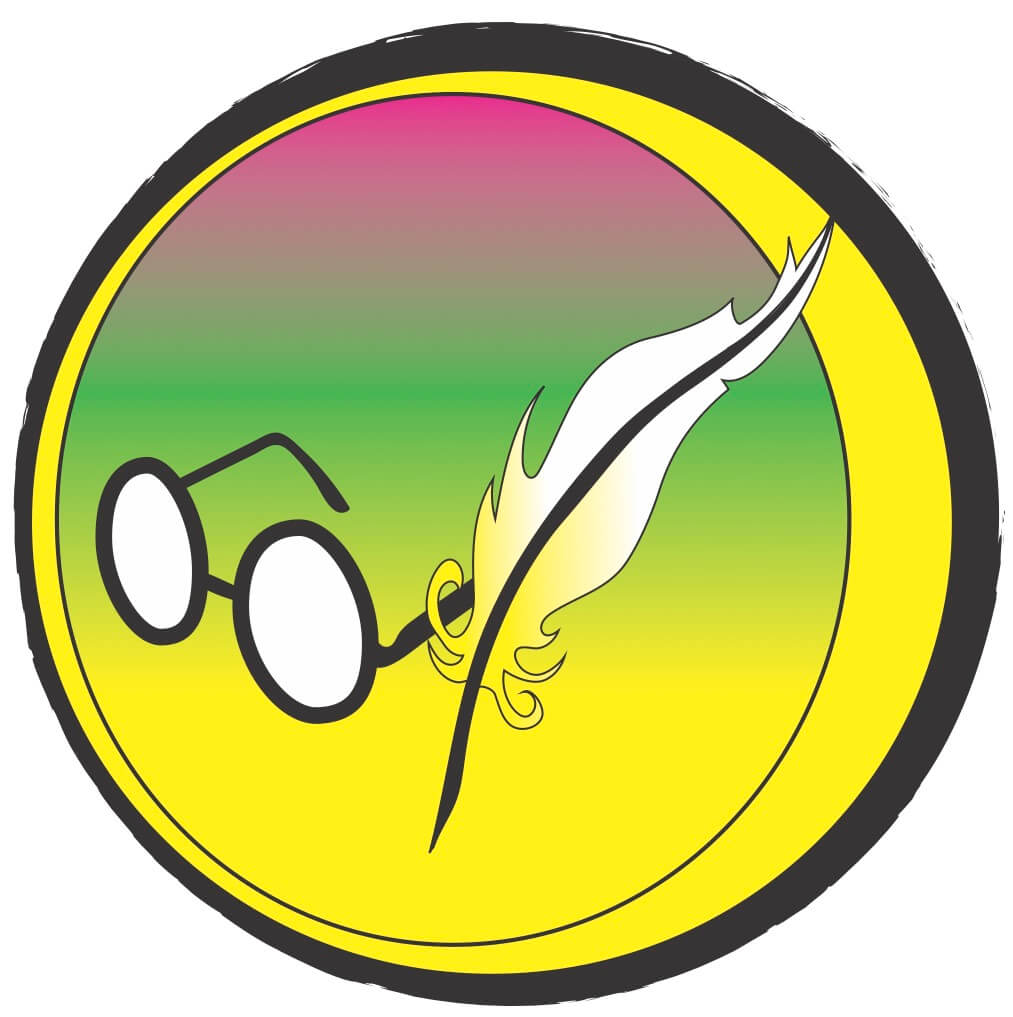
D – Describe details
Looking at classrooms, teaching and learning at the D layer means looking at what could be seen if you glimpsed into a classroom. Then describing the details of what you see or what might be being experienced. It is the top layer of information.
Invitation to co-construct learning spaces
On the first day back to school have all the supplies, desks’ and the things that would normally be set up neatly stored in an open space in piles, but certainly not set up. In the classroom you can have set up, a meeting space ready for the students to gather. Intially let the students wander around and ask questions about why the class learning space is not set up. Listen carefully to the ideas they might begin to generate and be alert to the possibilities their ideas generate. I have frequently been surprised by ideas I hadn’t thought of previously during this process of listening to the students.

Use this thinking routine process to engage the learning community in co-constructing the learning environment.
- Use the traffic light (Red, yellow, green light) thinking routine and have the students reflect on what they have and haven’t liked about previous learning community environments. Ask them to explain some of the whys that goes with these ideas. Explain to the students that all their ideas are valued, and you want to hear them all. Explain that in hearing their ideas you are going try and be open to possibility, to be curious about new ideas, but that in the end some of the ideas may not be actioned
- Teachers can choose to share the non-negotiable ideas now, and at the same time be up front that perhaps as new ideas present themselves through student sharing, you may see opportunities you had not thought of before. If new ideas or possibilities are presented that might change a non-negotiable, them make that visible by altering your list and ideas
- As a group, a collective learning community, teachers and students can then reflect on all the ideas presented in the Traffic light session and a re-viewing of the not-negotiables and develop some guidelines for the classroom set up
- Students then work in groups to draft up a plan for how the classroom can be organised and set up
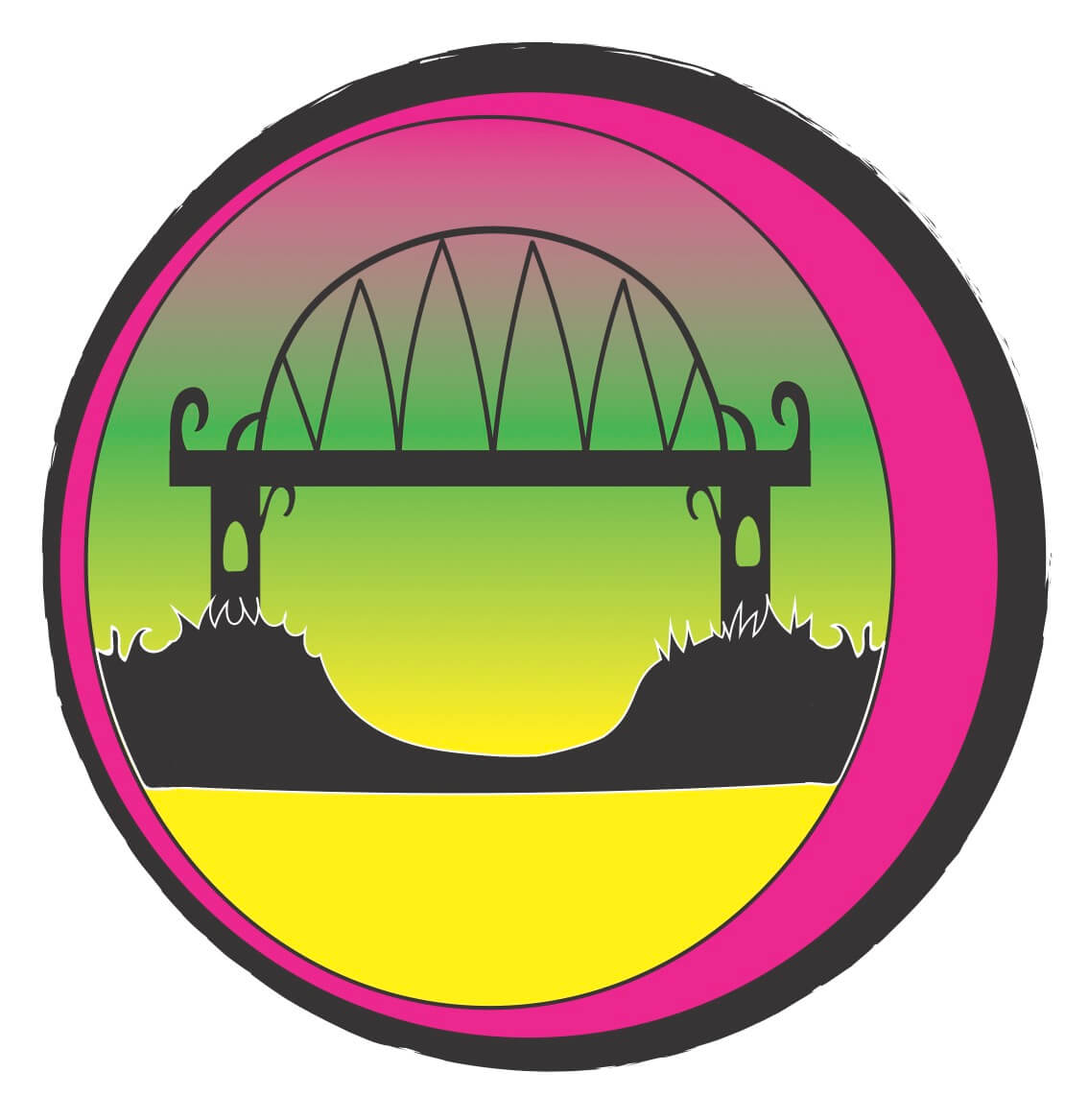
I – It connects to… Inferences
Looking at classrooms, teaching and learning at the I layer means thinking about what the choices made by the teacher are connected to or what inferences could be drawn from what is seen happening in the classroom. It is the middle less obvious, more implied layer of information
Teachers need to think carefully and make visible to all in the learning community what learning needs the classroom must serve over the next unit or semester and think about what aspects might be negotiable or non-negotiable.You can do this by listing the negotiable and non-negtiable choices choices connected to the learning space.
- Who these choices might serve?
- What flexibility and possibility is being opened up or shut down?
Revise and reflect on the list by looking at it through the eyes of your students who will come into this room. Finally create a list of things that for various reasons can’t be negotiated and have them ready to make news of.
(I have used this process with kindergarten through to grade 6 students and it works with all ages if the teachers are really up front and honest about the what and why of what is negotiable and not-negotiable) *See the note in the G layer of information
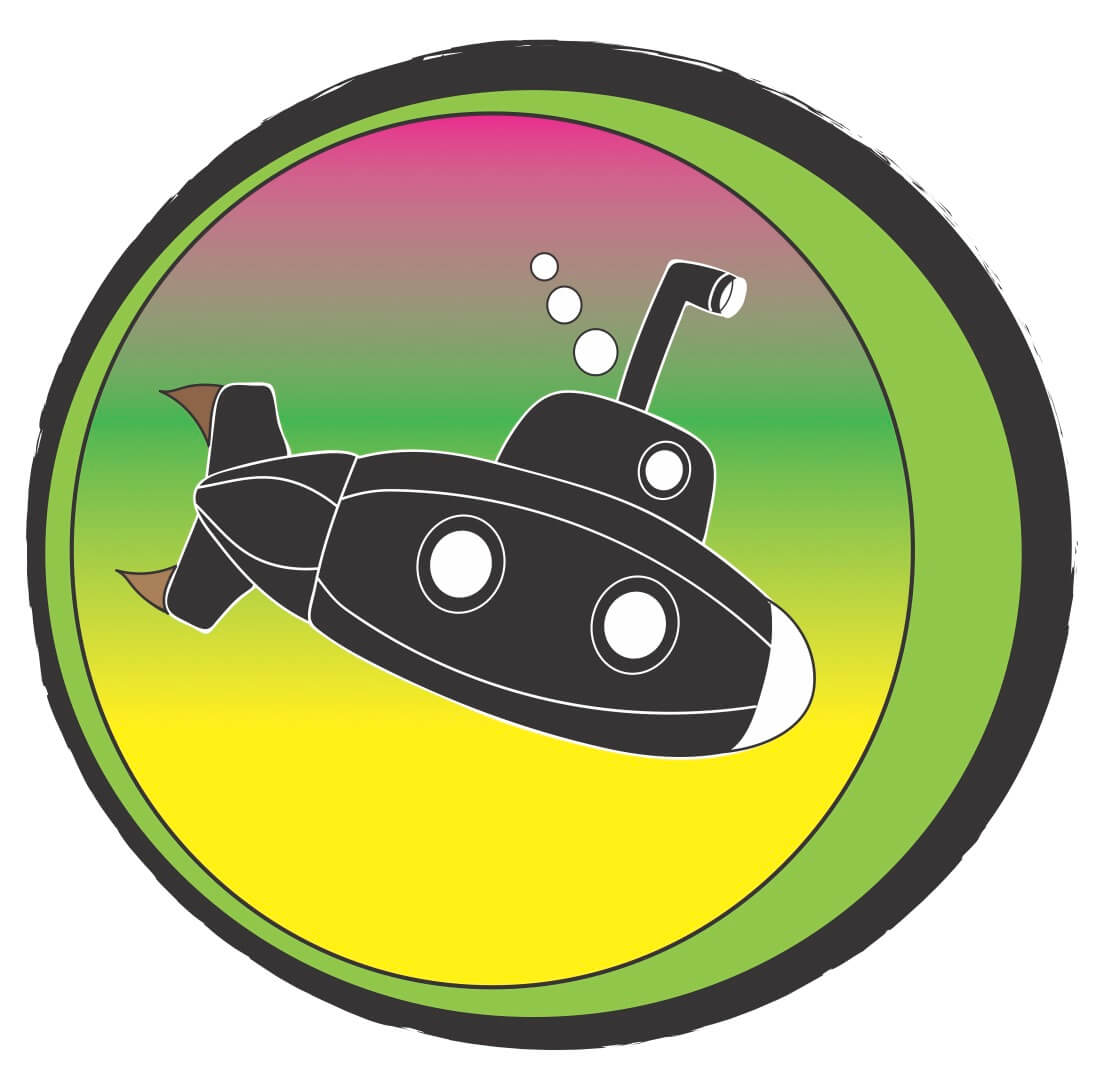
G – Go Deeper
Looking at classrooms, teaching and learning at the G layer means reflecting on the how the educational philosophies helps by teachers and schools will play themselves out in the learners and teachers lives. It is the deepest layer of beliefs that underpin all the other layers.
* I would invite you as a teacher to pause for a moment and consider the following. The need for ethical practices in a classroom environment is not often discussed in teacher’s working lives when the demands on their attention and time are seemingly endless. However working in ways informed by constructivist teaching and learning practices demands quite some transparency on the part of the teacher and his/her ways of working. Students, as well as adults, have a well-developed intuition that alerts them to when they are being ‘conned’. Students may not have the ability to put it into words but will ‘feel’ the twist, be confused by it, feel worried and often very angry. Given the difference in power between students and teachers and the institutions that employ them, finding ways to make news of this con or twist is almost impossible for students. They will however, make choices, albeit silent ones, as to the trustworthiness of the adult engaged in such a practice.
If a teacher is going to engage with co-constructing learning spaces and essential agreements with students, checking out one’s own motives is critical to working ethically with the less powerful members in the community in your care. Being open with students about what is negotiable and not negotiable is an important baseline for this task. Not tricking the students into creating the space or agreement that you as a teacher want, under the guise of co-construction, will support the students’ sense of safety and the building of trust.
Collaborative ways of working are key to constructivist learning and we can blog in future about some of the ethical complexities of this way of working if readers are interested.

Critical Thinking- How does this save time and energy for the teacher?
- It means you won’t have to come in and spend holiday time setting up display boards, because these will evolve as students add things themselves as the learning develops.
- It means you won’t have to spend time organising desks and putting out supplies, instead you will have more time to either do planning or more relaxing before school starts again
- In letting the students help decide on the organisation, labelling and distribution of supplies they will know where to find things and don’t have to ask a hundred times ”Where are the ….?”
- By supporting the students to have agency in this bigger process of organising a learning space, they are developing awareness and building knowledge about the purposes and consequences of different organisational choices. This will save time in the future when they need to organise other things in their learning life
- Students will experience having a say in the classroom, their ideas will feel valued and thus engagement in the learning process is likely to be increased.
- Students become knowledgeable and supportive peers who can help others find the things they need instead of the teacher being the holder of all knowledge
- When it comes to Three-way conferences or student led conferences that involve a gallery walk of the classroom, time is already saved because students will be aware and informed about what is in the classroom and why it is in the classroom and why things are organised that way
- It is a more timely and relevant learning task for the beginning of the school year for a refreshing or revisiting classroom set up after mid year break, than kids creating colourful locker labels and other busy, pretty’ tasks
- It can be an invitation for the many languages students use in the classroom to be valued, as students can create multilingual labels and practice presentation and handwriting skills in ways that are relevant, significant and meaning-filled. Spelling and handwriting now has a real purpose and all home languages or second languages taught at the school have a place to be connected with and be shared
- If we accept that student identities are fluid, formed and performed in the learning context this way of working with students will increase their agency and decision making capacities, thus the need to micromanage will be reduced leaving a teacher some energy in reserve
